Understanding machinability is essential for engineers, machinists, and manufacturers to optimize production processes, select the right materials, and ensure high-quality final products. This article will explore machinability in-depth, including its key factors, machinability ratings, measurement techniques, and ways to improve machinability for better efficiency and cost savings.
What is Machinability?
Machinability refers to how easily a material can be cut, shaped, or machined while maintaining high part quality. It is not just about cutting speed—it also involves surface finish, dimensional accuracy, tool wear, and overall efficiency.
A material with high machinability can be processed quickly, with minimal tool wear, less cutting force, and a smooth surface finish. On the other hand, a material with low machinability requires more cutting force, generates excessive heat, wears down tools faster, and may result in poor surface quality.
However, machinability is often a trade-off in material selection. While soft metals like aluminum and brass have excellent machinability, they may lack strength and durability. In contrast, tougher materials like titanium and stainless steel are harder to machine but offer higher strength, corrosion resistance, and durability.
Factors Affecting Machinability
Material Properties: The Core of Machinability
Every material has unique properties that determine how easy (or difficult) it is to machine.
🔩 Hardness – The Harder It Is, The Tougher It Gets
- What it means: Hardness is how resistant a material is to cutting, scratching, or denting.
- Impact on machinability: The harder the material, the more difficult it is to machine.
- Example:
- Aluminum (soft metal)🟢: Easy to cut, smooth finish, low tool wear.
- Hardened Steel or Titanium🔴: Tough to cut, wears out tools fast, requires slow machining speeds.
💡 Simple Rule: Harder = Lower machinability (but stronger parts!).
🔨 Toughness – Does It Absorb Shock or Break Easily?
- What it means: Toughness is how well a material absorbs impact without breaking.
- Impact on machinability: Tough materials create long, stringy chips, which get tangled in tools and slow down cutting.
- Example:
- Brass (brittle metal)🟢: Breaks into short, easy-to-remove chips = good machinability.
- Stainless Steel (tough metal)🔴: Produces long, sticky chips that clog tools.
💡 Simple Rule: More toughness = Harder to machine (but better for strong, impact-resistant parts!).
🌡️ Thermal Conductivity – Does It Handle Heat Well?
- What it means: Some materials transfer heat away quickly, while others trap it.
- Impact on machinability: Poor heat conduction = Overheated tools, thermal expansion, and poor surface finish.
- Example:
- Aluminum (high conductivity)🟢: Heat dissipates quickly, reducing tool wear.
- Titanium (low conductivity)🔴: Heat stays at the cutting zone, causing tools to wear out faster.
💡 Simple Rule: Better heat transfer = Easier machining, longer tool life.
🧑🔬 Chemical Composition – Is It Free-Machining or Not?
- Some materials naturally cut better because of their chemical makeup. Others need additives to improve machinability.
- Example:
- Free-cutting steel contains sulfur or lead to help break chips and reduce friction.
- Pure copper is hard to machine because it’s soft and gummy.
💡 Simple Rule: Some materials are engineered for better machinability!
Cutting Conditions: The Machining Game Plan
Even the toughest materials can be machined more efficiently with the right cutting conditions.
🔄 Cutting Speed – How Fast is the Tool Moving?
- What it means: Speed at which the cutting tool moves over the material.
- Impact on machinability:
- Too slow = rough surface, built-up edges.
- Too fast = excess heat, tool wear.
- Example:
- Aluminum can handle high speeds(better heat dissipation).
- Titanium needs slower speeds(prevents overheating).
💡 Simple Rule: Finding the perfect speed keeps machining efficient and tools in good shape.
📏 Feed Rate – How Much Material is Cut Per Pass?
- What it means: Feed rate is how fast the cutting tool moves into the material.
- Impact on machinability:
- Higher feed rate = faster cutting, but more heat and tool wear.
- Lower feed rate = slower cutting, but better surface finish.
💡 Simple Rule: Balance is key—too slow wastes time, too fast damages tools!
🔍 Depth of Cut – How Deep is Each Pass?
- What it means: Depth of cut is how much material is removed in one pass.
- Impact on machinability:
- Shallow cuts = lower forces, better surface quality.
- Deep cuts = faster material removal but higher tool stress.
💡 Simple Rule: Go deeper for efficiency, but not so deep that tools break!
Cutting Tools: The Right Tool for the Job
Even a well-machinable material will cause problems if the wrong cutting tool is used.
⚙️ Tool Material – Strength vs. Wear Resistance
- Different cutting tools work better for different materials.
- Common tool materials:
- High-Speed Steel (HSS): Good for soft metals but wears out on harder ones.
- Carbide: Tougher and lasts longer but costs more.
- Ceramic & Diamond Tools: Used for super-hard materials like titanium.
💡 Simple Rule: Harder materials need stronger cutting tools!
🛠️ Tool Geometry – The Cutting Edge Matters
- Rake Angle: Controls how the tool engages with the material.
- Positive rake angle = Easier cutting, better chip flow.
- Negative rake angle = More tool strength, better for hard metals.
- Clearance Angle: Prevents rubbing and improves tool life.
💡 Simple Rule: The right tool shape makes cutting smoother and easier!
Cooling and Lubrication: Keeping Things Cool & Smooth
Using coolants and lubricants reduces heat, friction, and tool wear.
💦 Coolants (Heat Control)
- Helps remove excess heat from the cutting zone.
- Prevents tool overheating and thermal expansion.
🛢️ Lubricants (Reducing Friction)
- Lowers friction, preventing tool breakage and surface roughness.
- It helps with chip removal, especially for sticky materials like aluminum.
💡 Simple Rule: Cooling = longer tool life, smoother cuts!
Machine Tool Condition: Old vs. New Machines
Even with the best material, tools, and cutting conditions, a worn-out or unstable machine can cause problems.
- Older machines vibrate more, causing poor accuracy.
- Newer CNC machines offer better precision, stability, and smoother finishes.
💡 Simple Rule: A good machine = better machinability!
What is the Machinability Rating?
Machinability rating is a simple way to compare how different materials behave during machining. It helps manufacturers pick the right materials, set up the right cutting conditions, and avoid unnecessary tool wear or production delays. Let’s break it down in easy-to-understand terms!
Why Do We Need a Machinability Rating? 🚀
Imagine you’re a machinist working on a new project. You need to choose between stainless steel and aluminum for a part. Stainless steel is strong, but aluminum machines much faster. How do you decide which one is better for machining?
That’s where machinability ratings help! They give each material a score based on how easy it is to cut, shape, and finish. Higher ratings mean easier machining, while lower ratings mean more difficulty.
✅ Helps compare different materials quickly
✅ Guides tool selection and cutting speed
✅ Improves production efficiency
✅ Reduces tool wear and costs
How is Machinability Rating Calculated? 📊
Machinability rating is usually based on a reference material. The most commonly used reference is C36000 Brass, which is given a rating of 100% because it machines very easily.
All other materials are compared to this standard. Here’s how it works:
🔹 If a material is easier to machine than brass → It gets a rating higher than 100%
🔹 If it’s harder to machine → It gets a rating below 100%
For example:
- Aluminum (6061-T6):90–95% 🟢 (Almost as easy as brass!)
- Stainless Steel (304):30–40% 🔴 (Much harder to cut!)
- Titanium (Grade 5):20–25% 🚨 (Very tough to machine!)
💡 Simple Rule: Higher % = Easier to machine, Lower % = Tougher to machine
Methods to Improve Machinability
Manufacturers often modify materials or machining conditions to improve machinability. Some common strategies include:
Heat Treatment 🔥
- Softens metals like steel and aluminum, reducing cutting forces.
- Annealing reduces hardness and relieves internal stresses.
Material Additives ⚗️
- Adding lead or sulfur improves chip formation and lowers friction.
- Example: Free-machining steel (11L17) contains sulfur for easier cutting.
Coolants & Lubricants 💦
- Reduces heat buildup, tool wear, and cutting forces.
- Improves surface finish and chip evacuation.
Optimizing Cutting Parameters 🔧
- Adjusting speed, feed rate, and depth of cut improves machining efficiency.
- Prevents chatter, tool damage, and excessive heat generation.
How is Machinability Measured?
There is no single way to measure machinability, but common methods include:
| Method | Description | Example |
| Tool Life Test 🛠️ | Measures how long a tool lasts before wearing out. | Longer tool life = Better machinability. |
| Surface Finish Analysis ✨ | Evaluates the smoothness of the machined surface. | Poor machinability = Rougher finish. |
| Power Consumption ⚡ | Higher cutting force requires more power. | Lower power = Easier machining. |
| Chip Formation 🔄 | Short, broken chips indicate better machinability. | Stringy chips = Harder machining. |
Common CNC Materials and Their Machinability
Metals: From Easy-to-Cut to Hard-to-Machine ⚙️
🟢 Brass (C36000) – The Easiest Metal to Machine
Machinability Rating: 100% (Standard)
✔ Extremely easy to cut, leaving a smooth finish.
✔ Produces short, clean chips (no tangled mess).
✔ Low tool wear = longer tool life and lower costs.
💡 Best For: Precision parts, fittings, electrical components.
🟢 Aluminum (6061-T6) – Lightweight and Easy to Machine
Machinability Rating: 90–95%
✔ Machines fast and efficiently with minimal tool wear.
✔ Great for CNC milling and turning.
✔ Produces smooth surfaces with minimal post-processing needed.
💡 Best For: Aerospace, automotive, electronics, custom parts.
🟡 Mild Steel (AISI 1018) – A Balance Between Strength and Machinability
Machinability Rating: 70%
✔ Easier to cut than stainless steel but not as easy as aluminum.
✔ Produces decent surface finishes but may need polishing.
✔ Stronger than aluminum but prone to rust if not coated.
💡 Best For: Structural components, machinery parts, gears.
🟡 Stainless Steel (304) – Tough and Corrosion-Resistant
Machinability Rating: 30–40%
✔ Strong, durable, and resistant to rust.
✔ Work hardens (gets tougher as you cut it).
✔ Can cause tool wear and requires slower cutting speeds.
💡 Best For: Medical tools, food processing equipment, marine applications.
🔴 Titanium (Grade 5, Ti-6Al-4V) – Strong but Difficult to Cut
Machinability Rating: 20–25%
✔ Super strong, lightweight, and heat-resistant.
✔ Low thermal conductivity = Heat stays in the cutting zone 🔥.
✔ Tough on cutting tools, requiring specialized coatings.
💡 Best For: Aerospace, medical implants, high-performance parts.
🔴 Inconel (Nickel Alloy) – One of the Hardest to Machine
Machinability Rating: 10–15%
✔ Extreme heat and corrosion resistance.
✔ Produces a lot of heat while cutting, which can damage tools.
✔ Requires slow speeds and specialized cutting tools.
💡 Best For: Jet engines, nuclear reactors, extreme environments.
Plastics: Easy-to-Cut but with Special Considerations 🛠️
Plastics are generally easier to machine than metals, but they come with their own challenges. Some can melt or warp under high heat, while others may chip or crack if cut too aggressively.
🟢 Polyethylene (HDPE) – Soft and Easy to Cut
✔ Very easy to machine with standard CNC tools.
✔ Doesn’t produce a lot of heat or tool wear.
✔ Can bend slightly instead of breaking under pressure.
💡 Best For: Food containers, mechanical components, lightweight parts.
🟢 Polycarbonate – Strong, Transparent, and Machinable
✔ Can be cut with high speeds and produces smooth edges.
✔ Can melt or deform if cutting speeds are too high.
💡 Best For: Optical parts, safety windows, impact-resistant components.
🟡 PVC (Polyvinyl Chloride) – Moderate Machinability
✔ Rigid and durable, but can become brittle under stress.
✔ Cutting can produce fine dust particles that require proper ventilation.
💡 Best For: Plumbing parts, chemical-resistant components, medical applications.
Composites & Other Hard-to-Machine Materials 🛠️
Composites are tricky to machine because they often contain a mix of materials, making them hard on cutting tools.
🔴 Carbon Fiber Reinforced Polymer (CFRP) – Tough on Tools
✔ Extremely strong and lightweight.
✔ Produces fine dust instead of chips, which can be hazardous.
✔ Can dull cutting tools quickly due to abrasive fibers.
💡 Best For: Aerospace, automotive, sports equipment.
🔴 Glass Fiber Reinforced Polymer (GFRP) – Even Tougher Than Carbon Fiber
✔ Similar to carbon fiber but more abrasive on tools.
✔ Requires diamond-coated or carbide tools to prevent wear.
💡 Best For: Marine, wind turbine blades, industrial components.
🔴 Ceramics – Ultra-Hard, But Brittle
✔ Extremely wear-resistant and heat-resistant.
✔ Requires specialized diamond tools and low feed rates.
💡 Best For: High-temperature applications, medical implants, precision instruments.
Wood & Organic Materials: Surprisingly Good for CNC Machining 🌳
Wood is commonly used in CNC routers rather than metal mills. Some woods are soft and easy to cut, while others are dense and tough.
🟢 Softwood (Pine, Cedar) – Easy and Fast to Machine
✔ Cuts quickly and easily with standard CNC routers.
✔ Can be carved into intricate designs with smooth finishes.
💡 Best For: Furniture, carvings, DIY projects.
🟡 Hardwood (Oak, Maple) – Tougher but More Durable
✔ Denser and harder to cut than softwood.
✔ Can cause burn marks if cutting speeds are too high.
💡 Best For: Cabinet making, fine furniture, instrument crafting.
Comparing Machinability Ratings 📊
Here’s a quick comparison of common CNC materials and how easy they are to machine:
| Material | Machinability Rating (%) | Ease of Machining |
| 🟢 Free-Cutting Brass (C36000) | 100% | Very Easy |
| 🟢 Aluminum (6061-T6) | 90–95% | Easy |
| 🟡 Mild Steel (1018) | 70% | Moderate |
| 🟡 Stainless Steel (304) | 30–40% | Hard |
| 🔴 Titanium (Grade 5, Ti-6Al-4V) | 20–25% | Very Hard |
| 🔴 Inconel (Nickel Alloy) | 10–15% | Extremely Hard |
| 🟢 Polyethylene (HDPE) | 90% | Very Easy |
| 🟡 Polycarbonate | 80% | Moderate |
| 🔴 Carbon Fiber (CFRP) | 40–50% | Tough on Tools |
| 🔴 Glass Fiber (GFRP) | 30–40% | Very Tough |
Conclusion
Understanding machinability is essential for manufacturers, engineers, and machinists to optimize material selection, reduce production costs, and improve efficiency.
By carefully considering material properties, machining conditions, and cutting strategies, machinability can be improved, resulting in faster production, lower costs, and higher quality components.
For companies looking for CNC machining solutions, selecting high-machinability materials and optimizing cutting parameters can make a significant difference in production success. 🚀
FAQs
- What is the difference between machinability and workability?
Machinability refers to cutting and shaping a material, while workability refers to forming, bending, or forging.
- How does machinability affect cost?
Higher machinability = less tool wear, lower power use, and faster production = lower costs.
- Can machinability be improved?
Yes! Using heat treatment, coolants, optimized cutting speeds, and better tooling improves machinability.
Recommended External Links 🔗
Here are three helpful resources related to machinability and CNC machining:
1️⃣ Machinability Ratings of Materials (Comprehensive machinability chart)
🔗 https://www.engineersedge.com/manufacturing/machinability-rating-chart.htm
2️⃣ Guide to CNC Machining Materials (Comparison of different materials for machining)
🔗 https://www.protolabs.com/resources/design-tips/cnc-machining-material-selection-guide/
3️⃣ Cutting Tool Selection for Machining Different Materials
🔗 https://www.sandvik.coromant.com/en-us/knowledge/materials

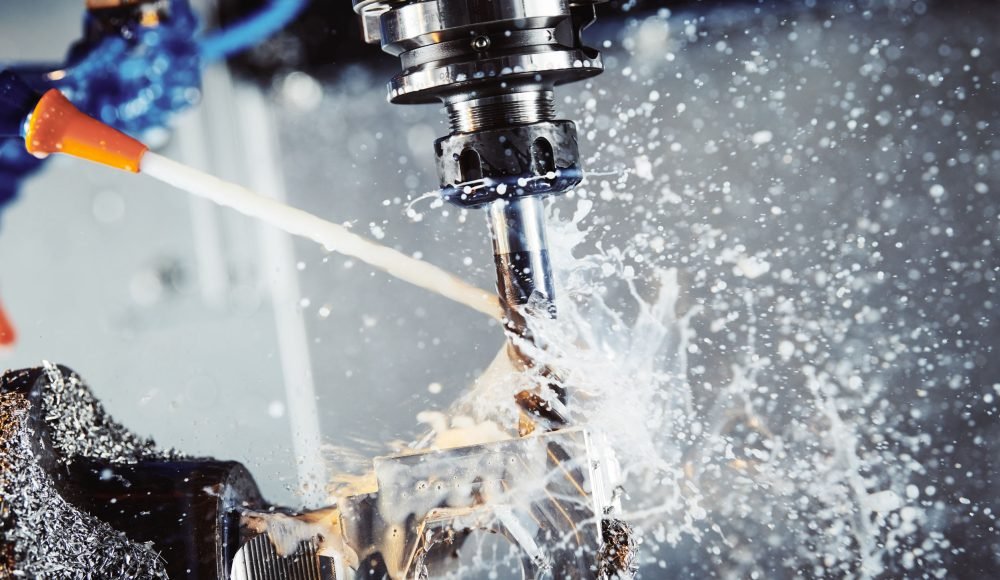
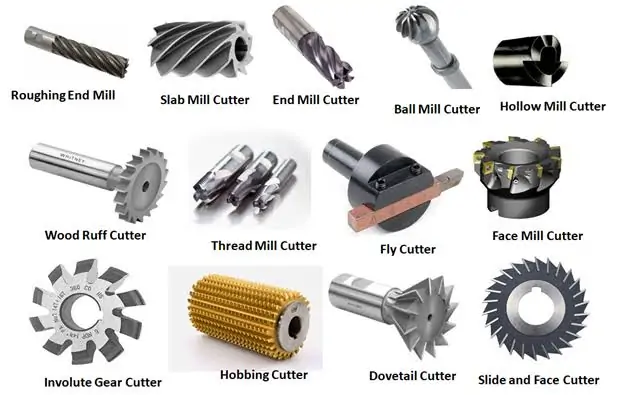
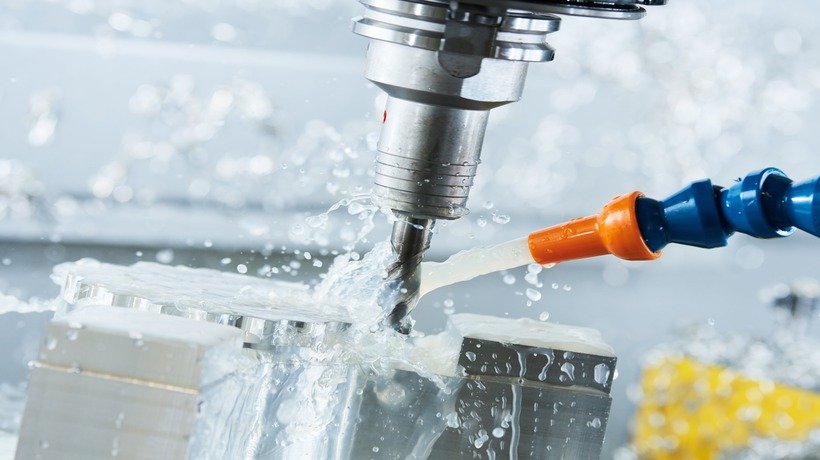
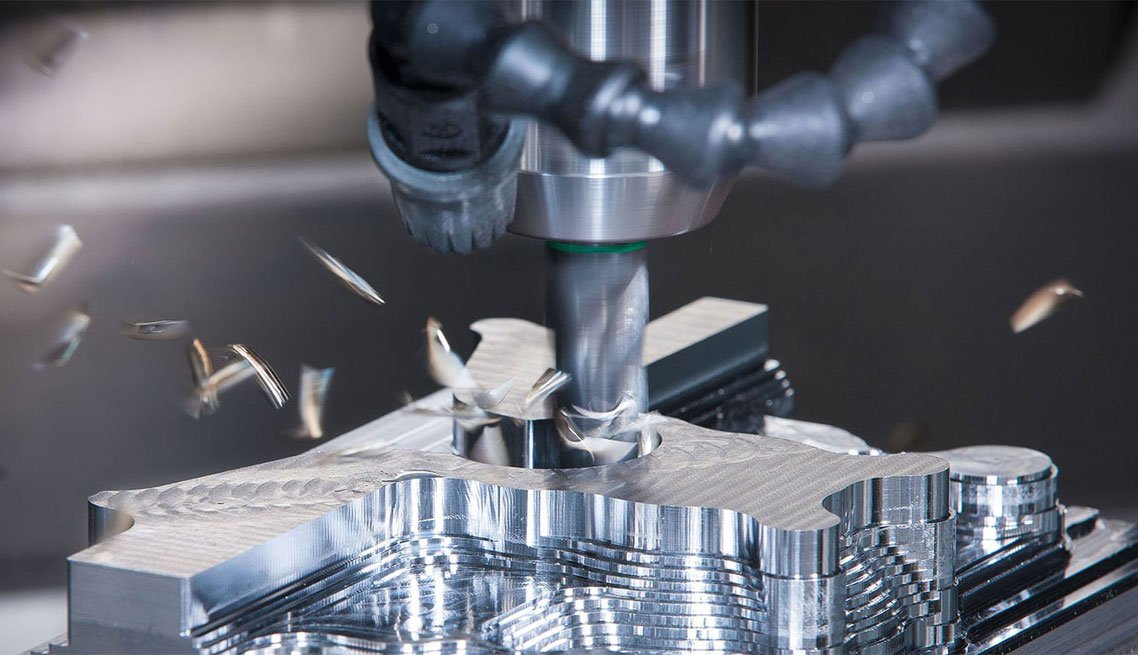
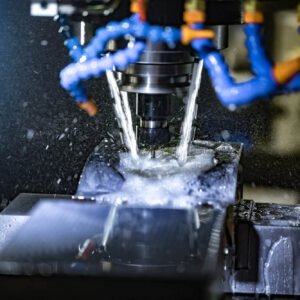

3 thoughts on “Machinability of Materials: Understanding, Factors, and Ratings”